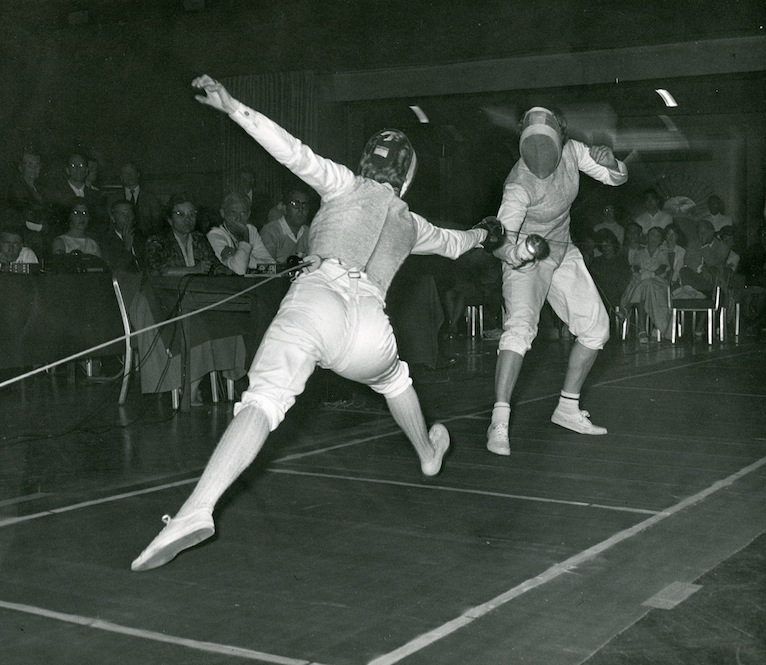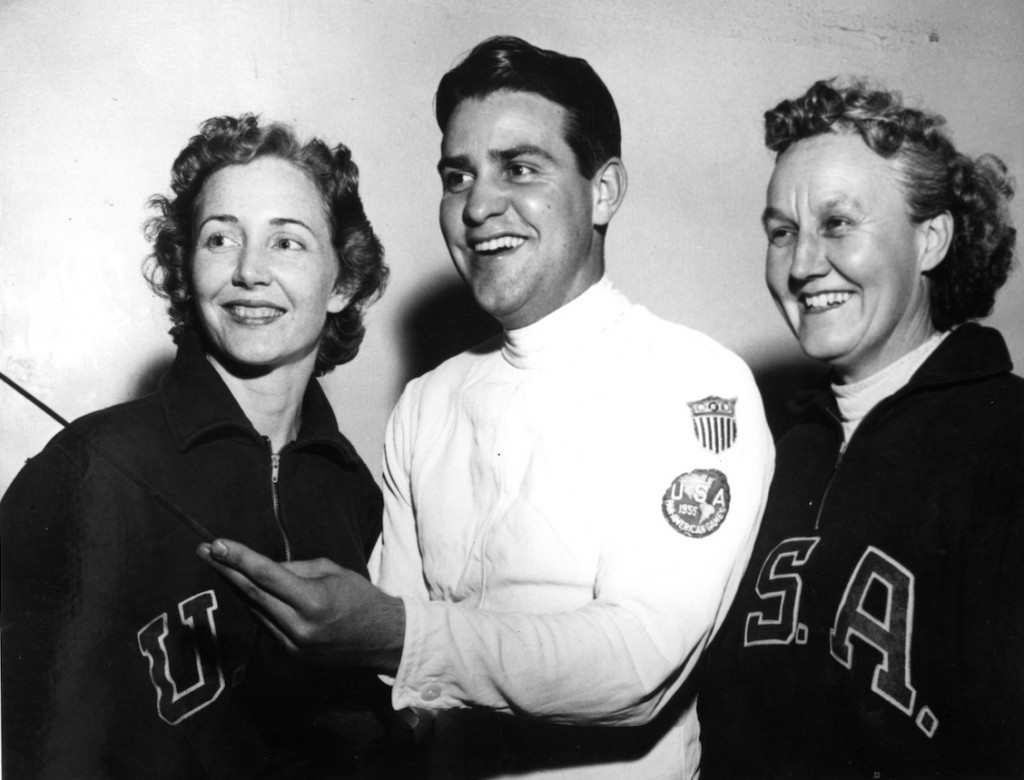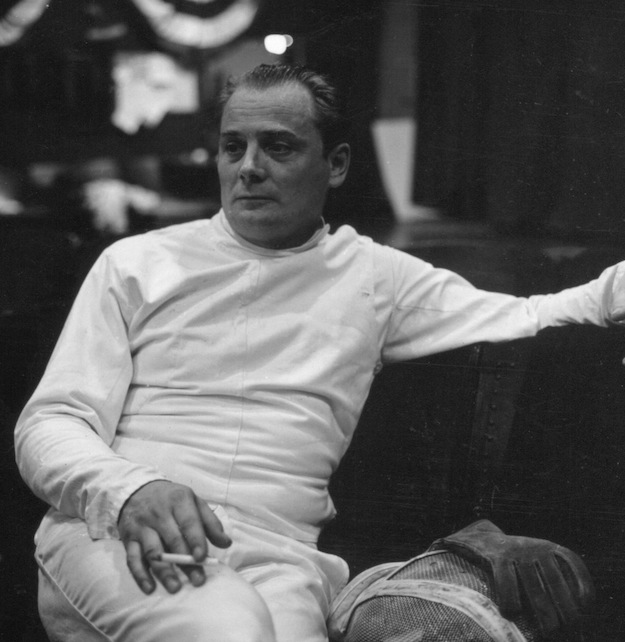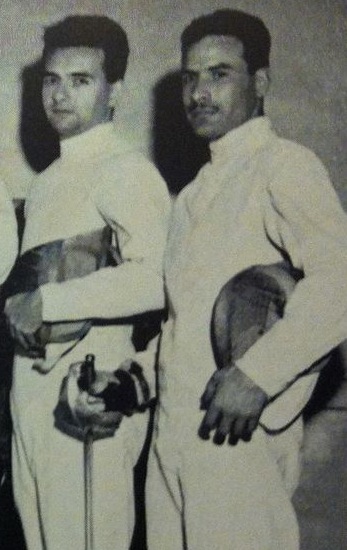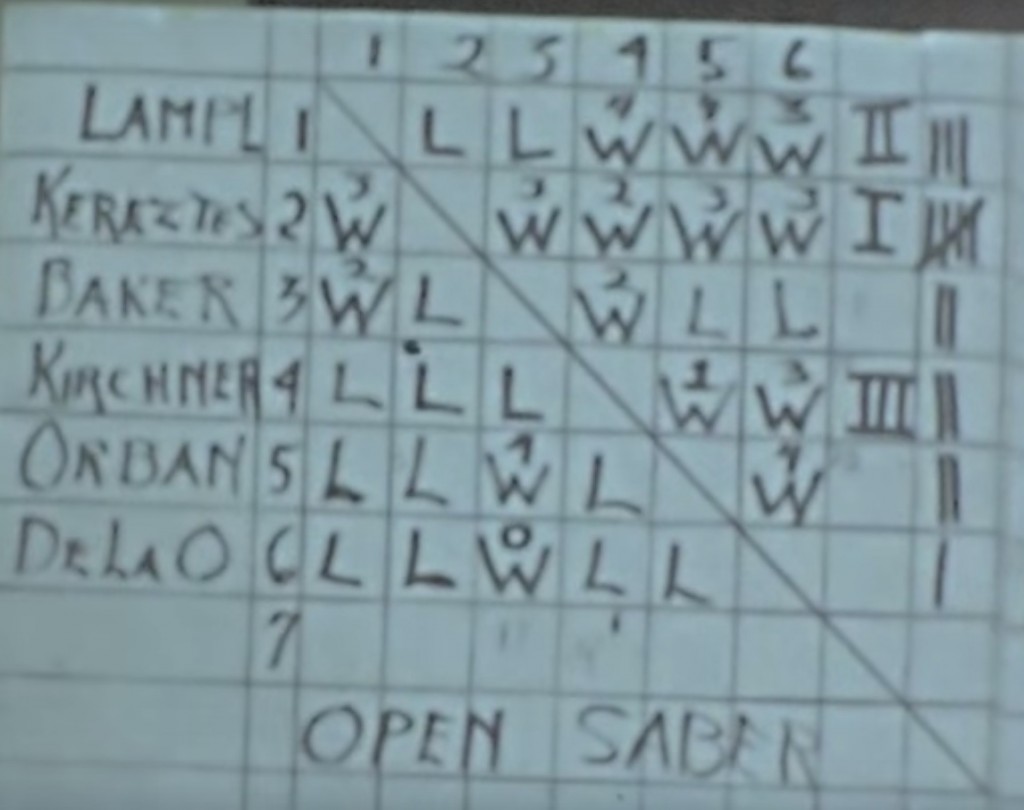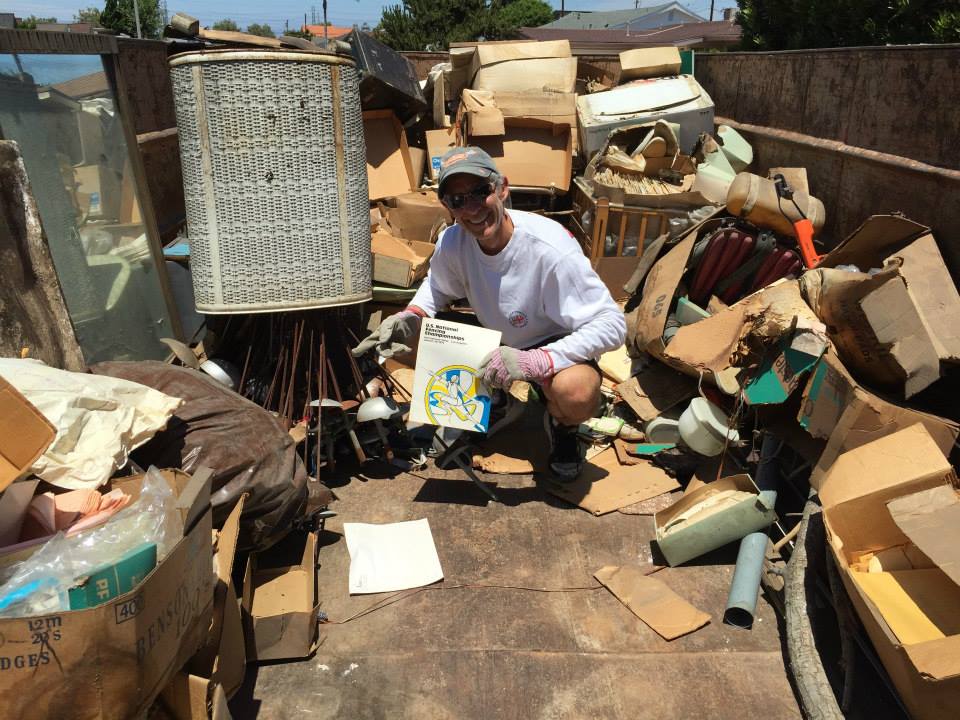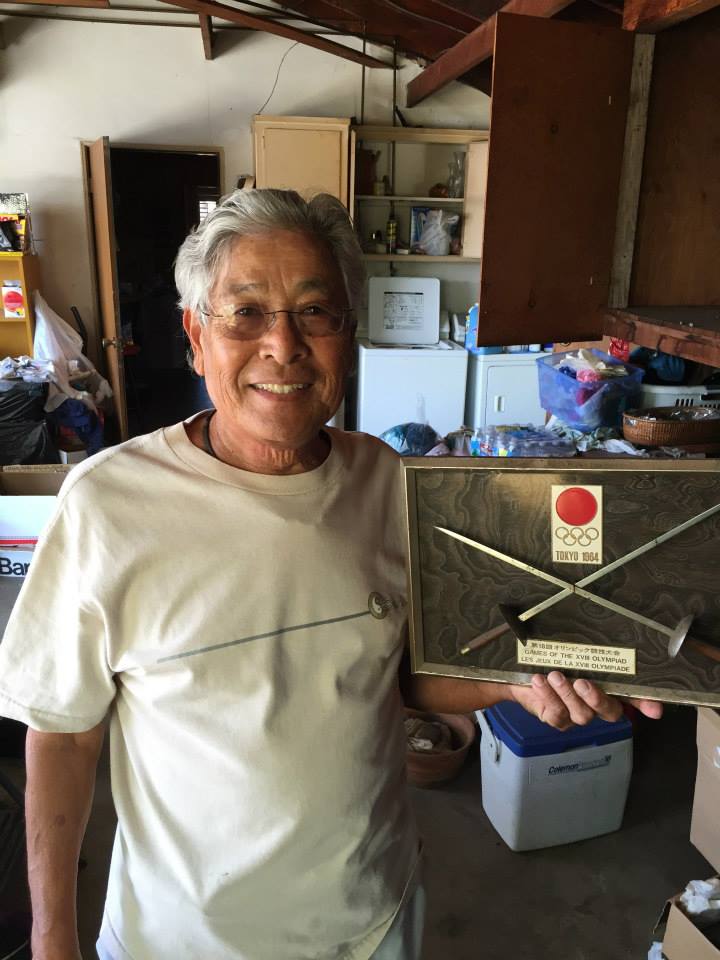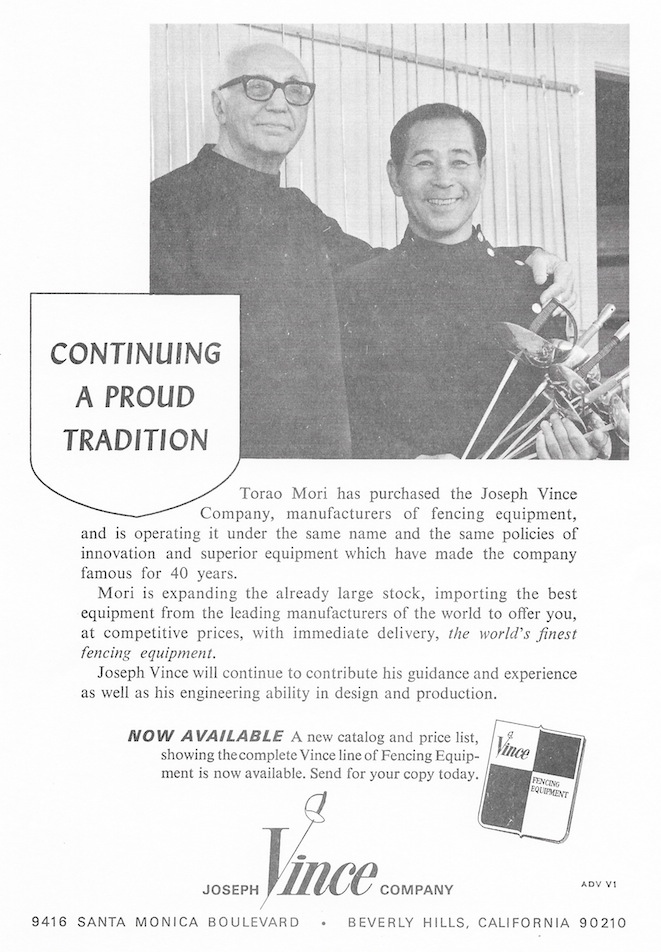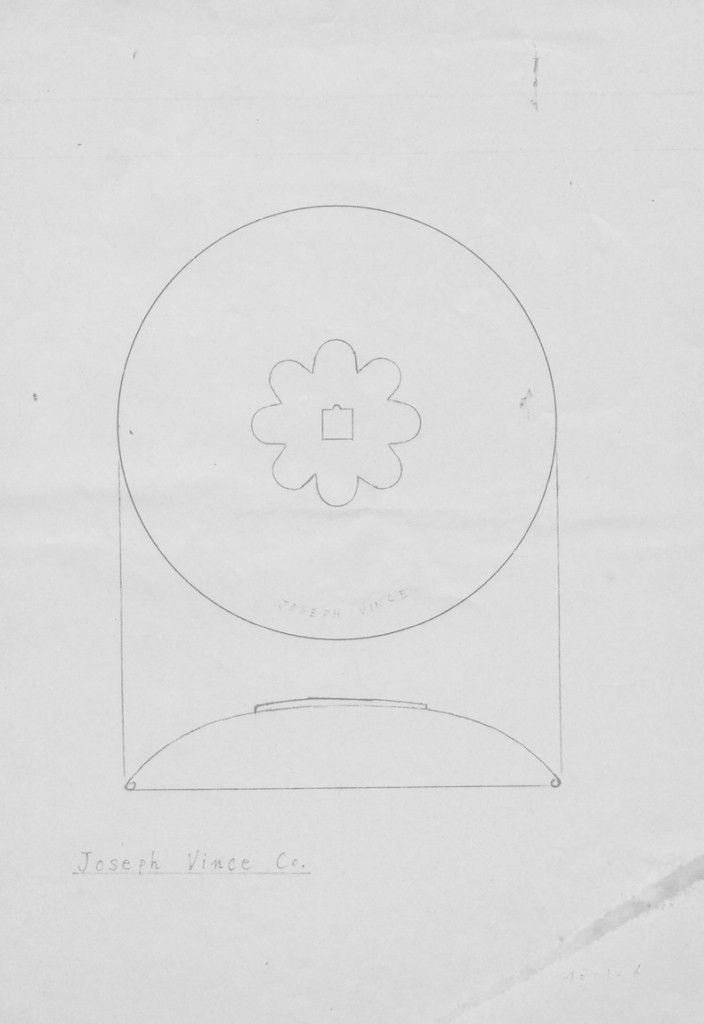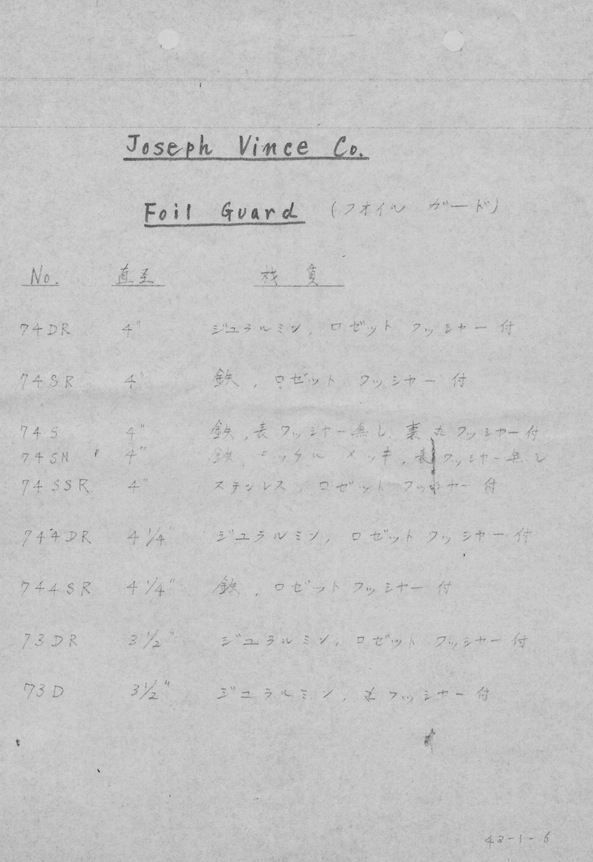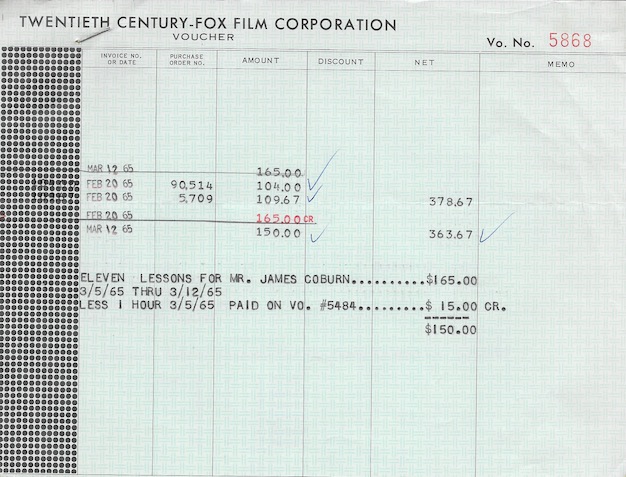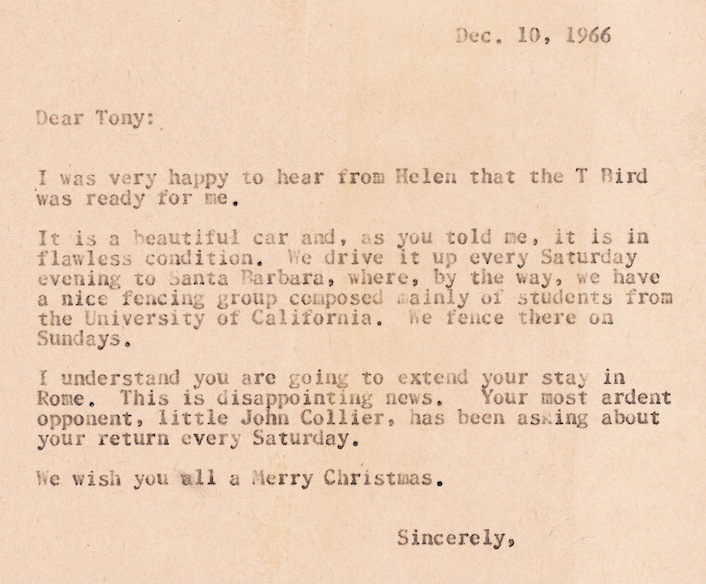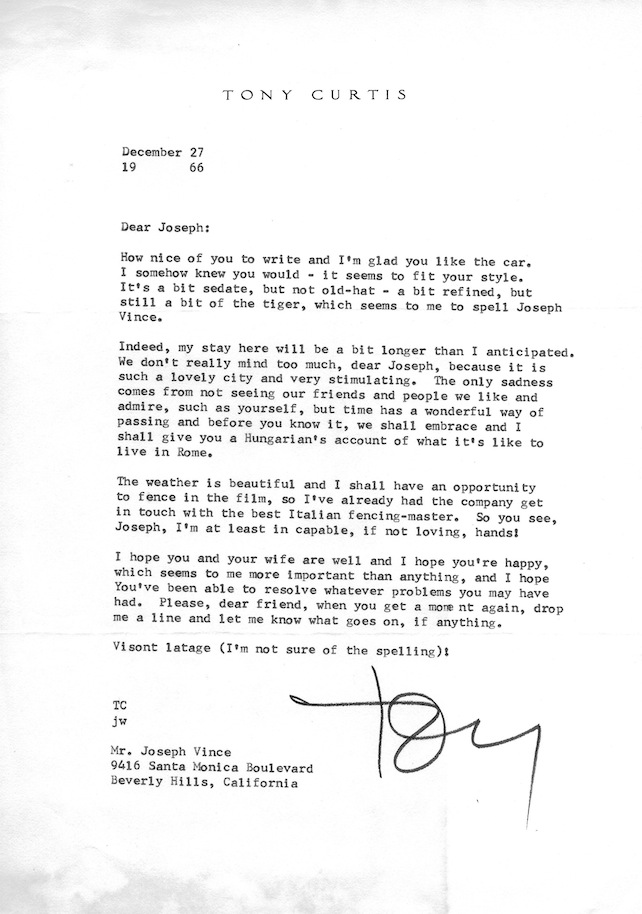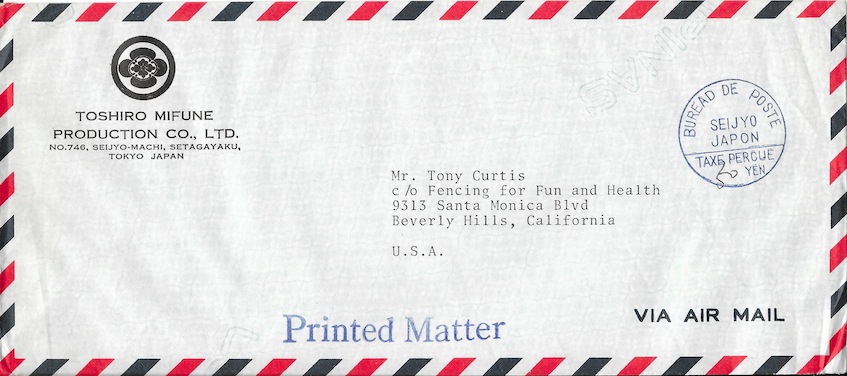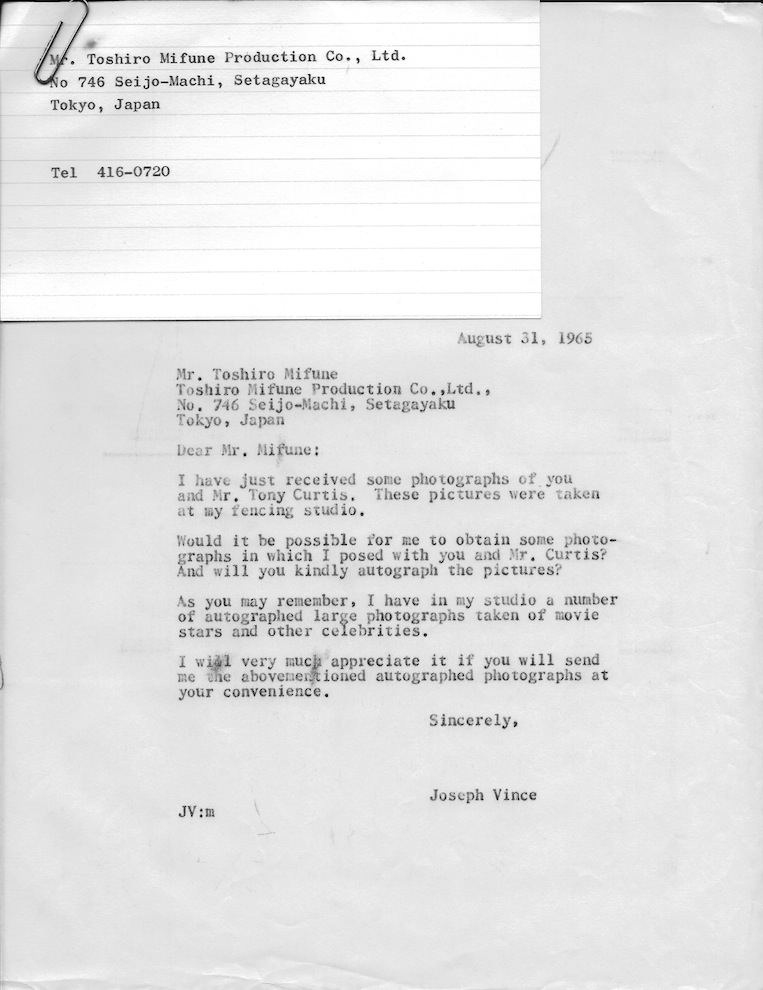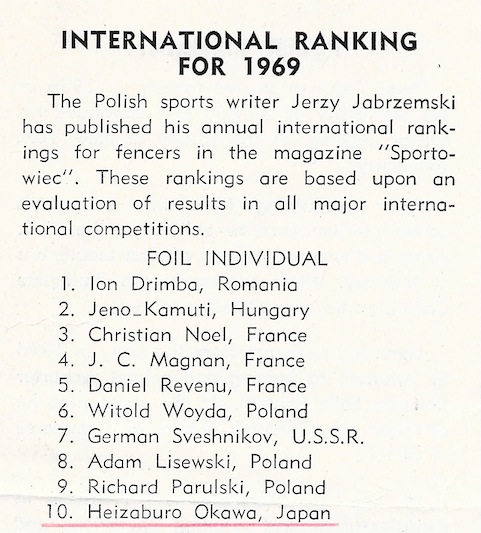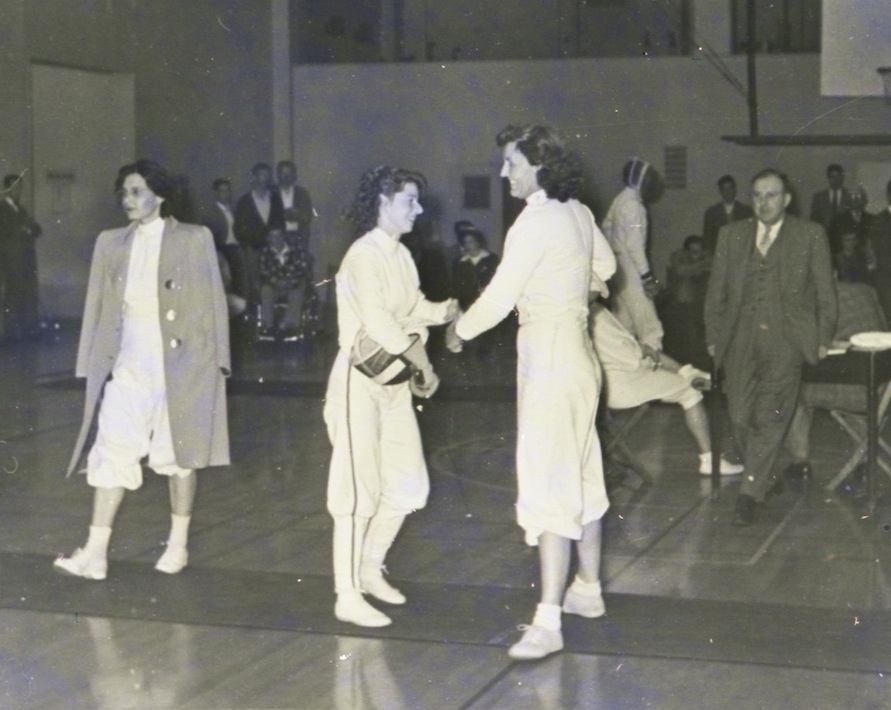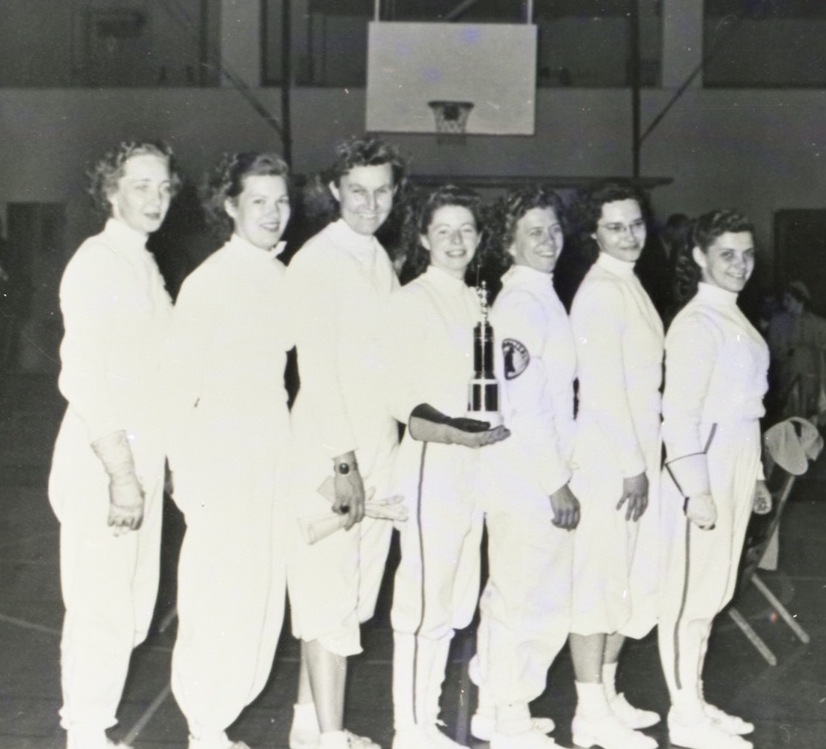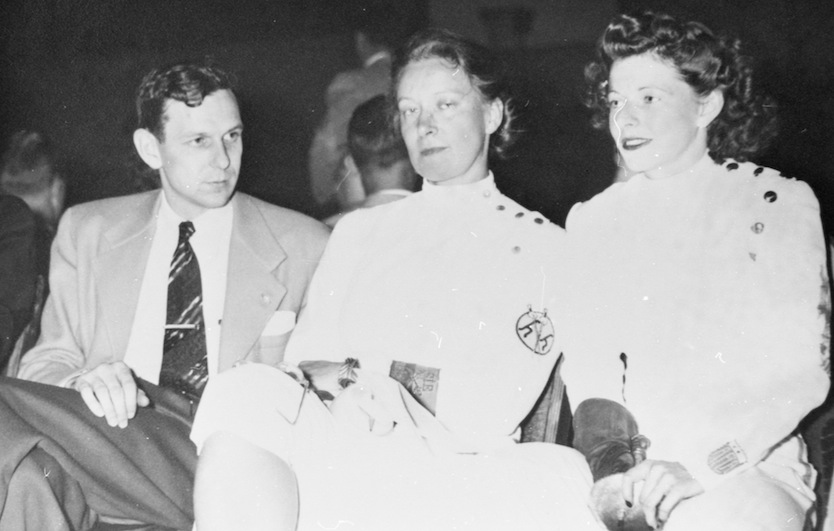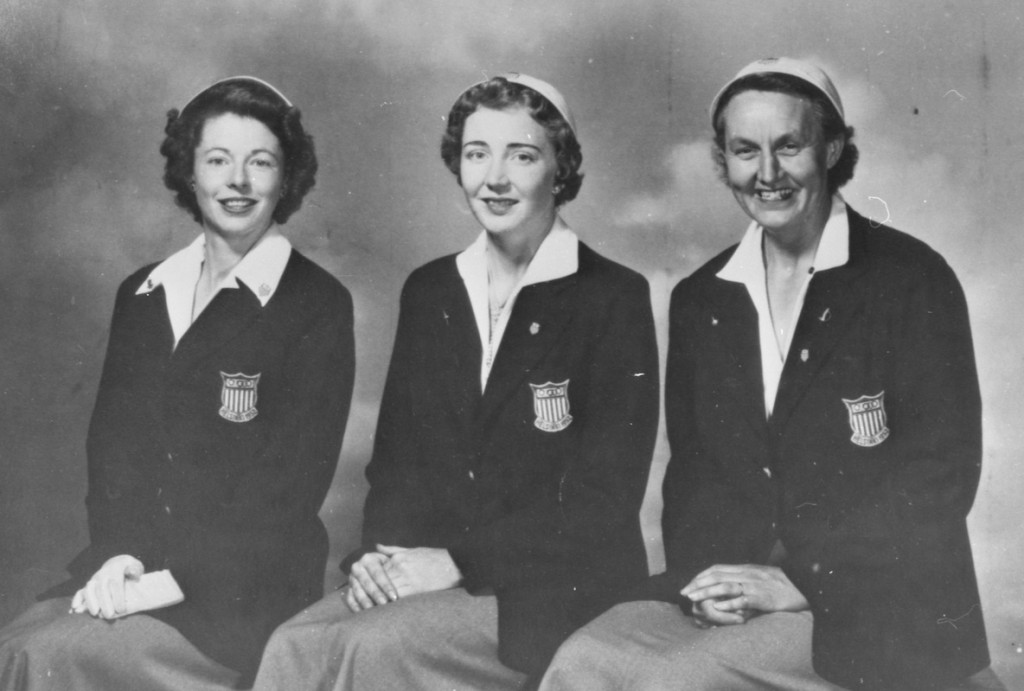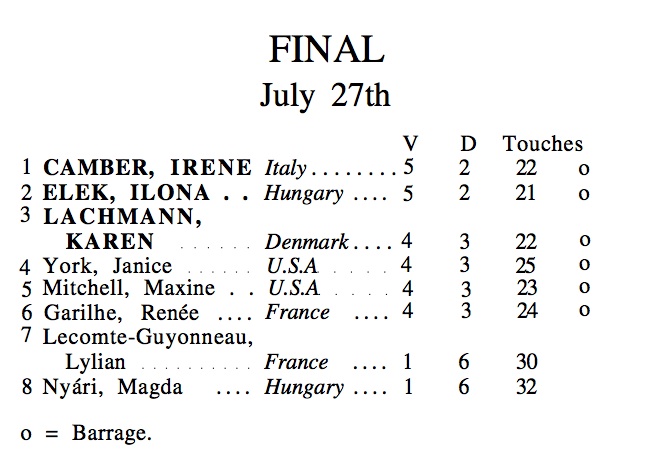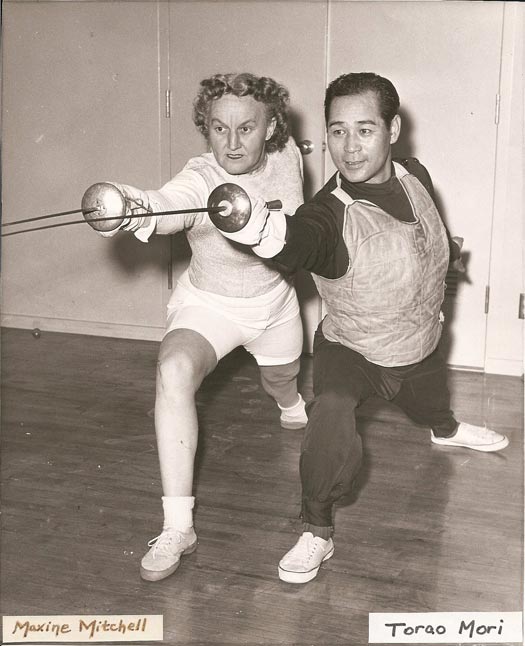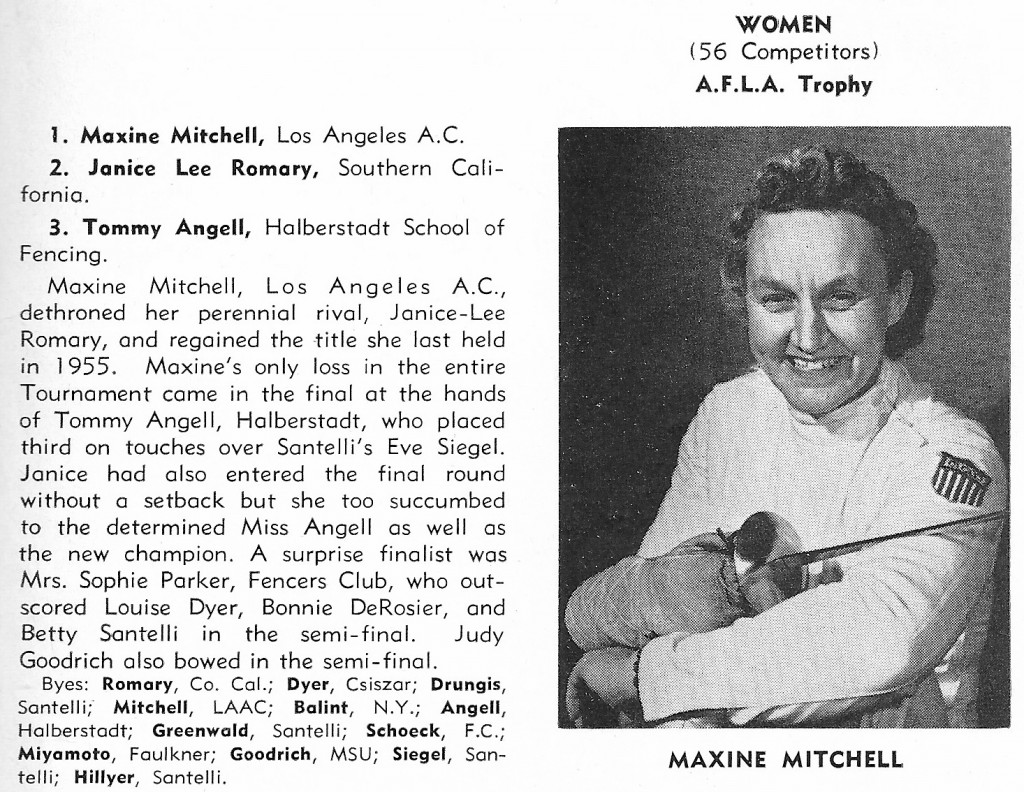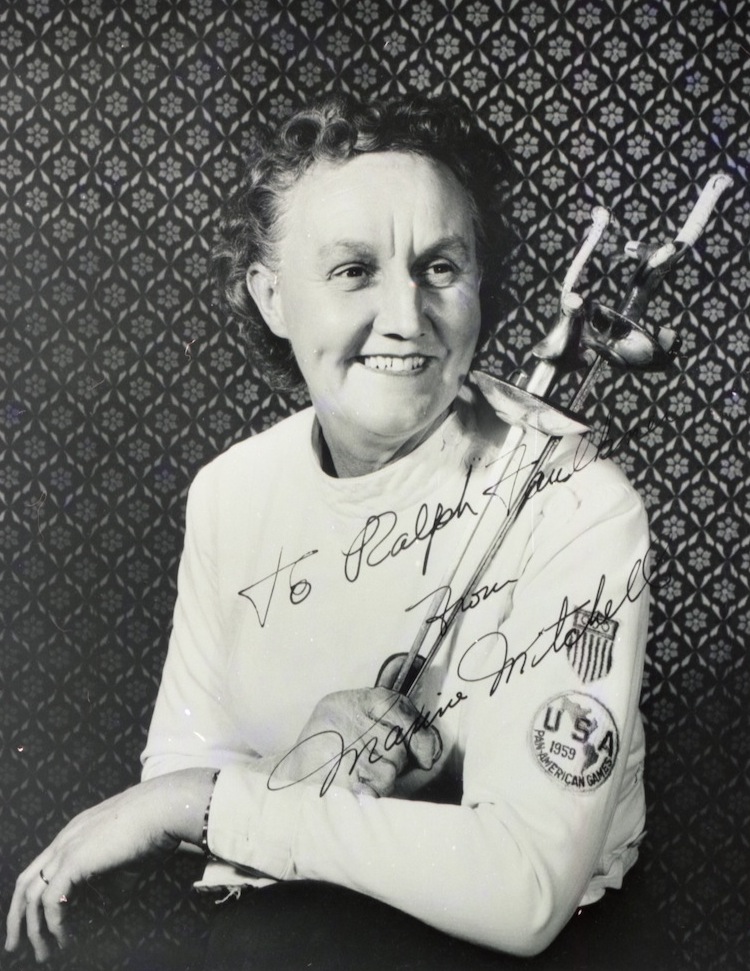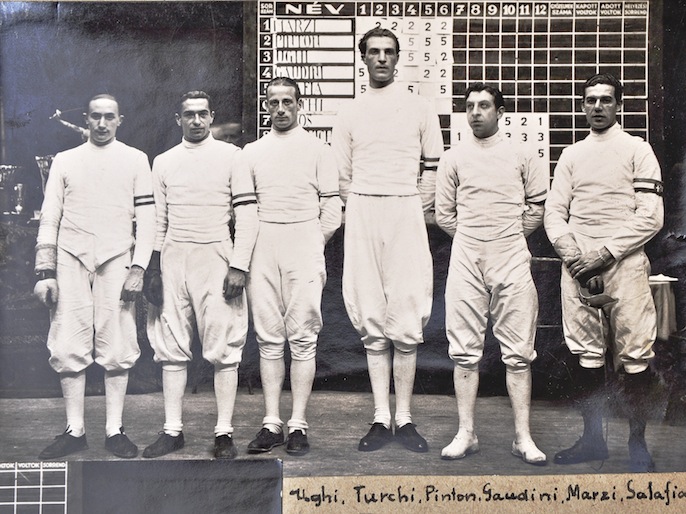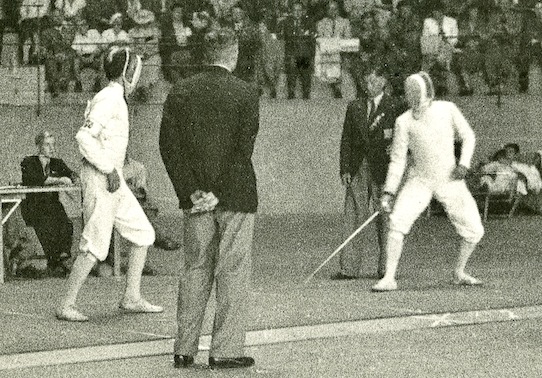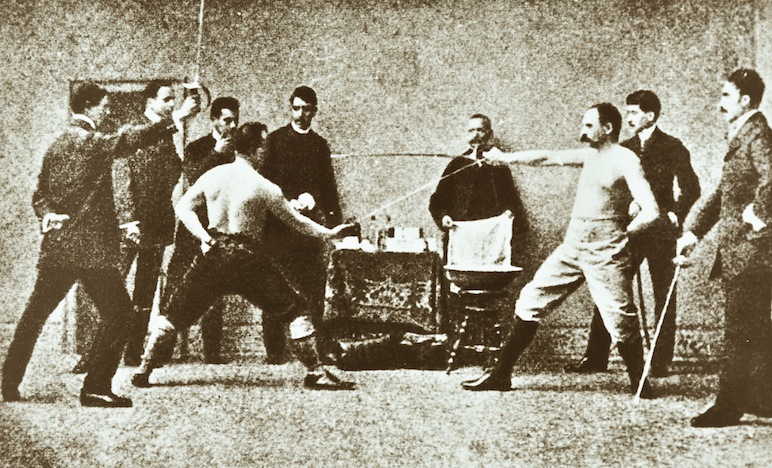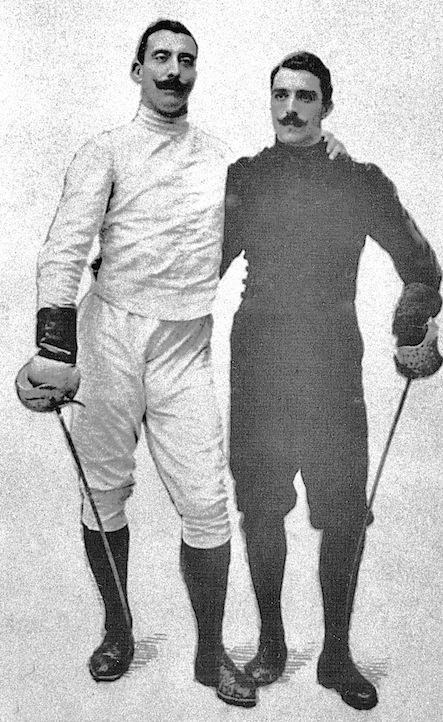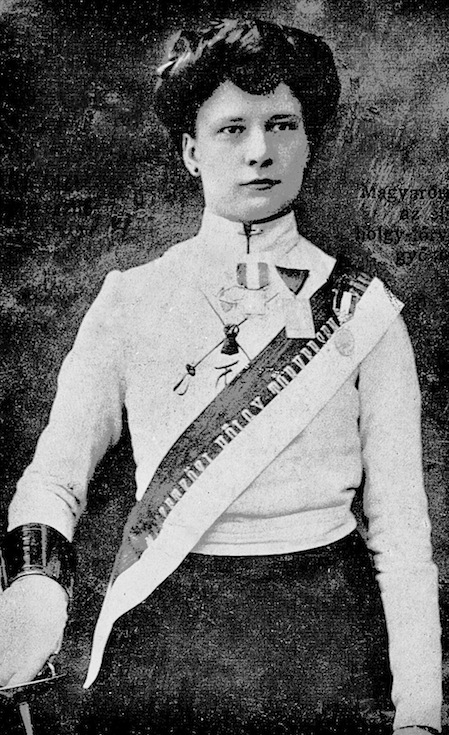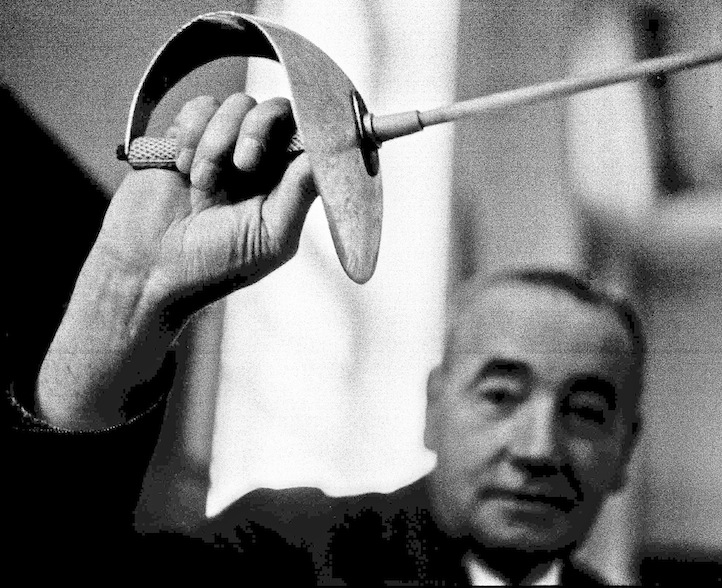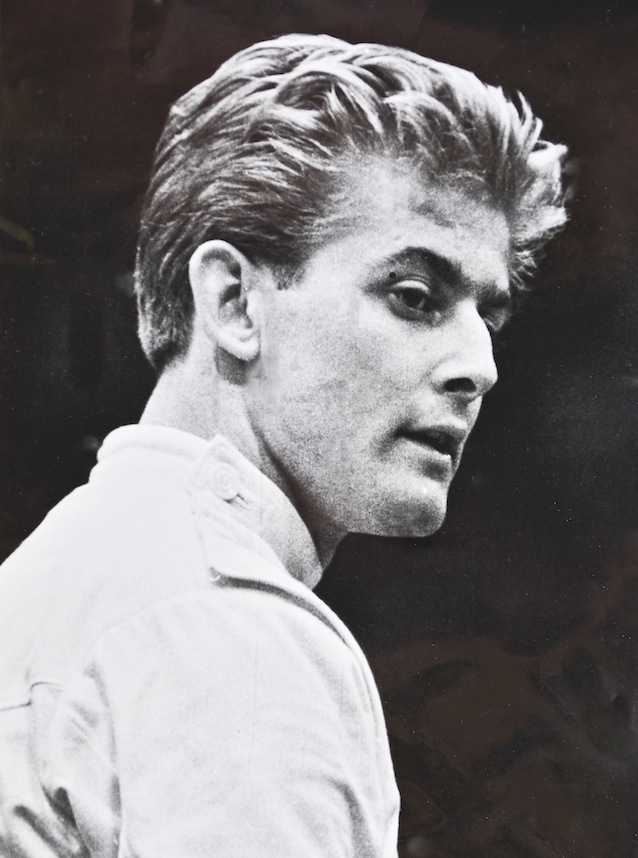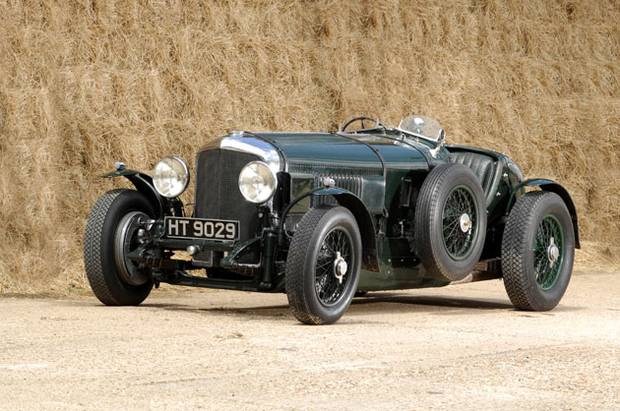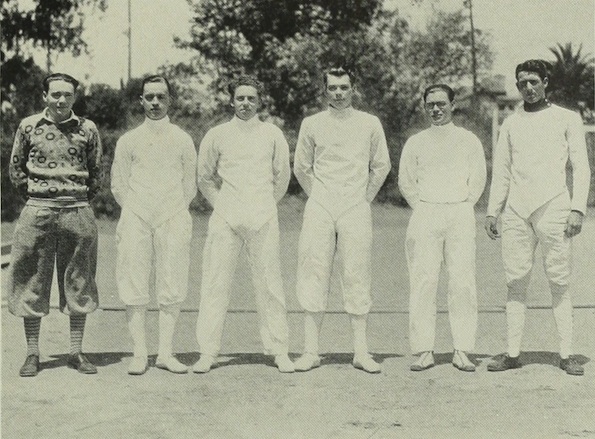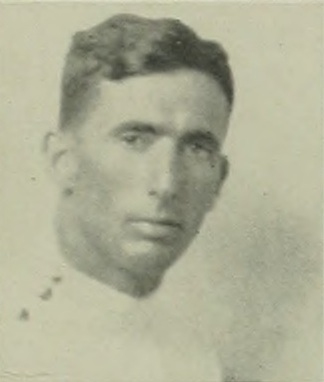Random Stuff
Trying out still more page formatsJust A Standard Page
Nunc et vestibulum velit. Suspendisse euismod eros vel urna bibendum gravida. Phasellus et metus nec dui ornare molestie. In consequat urna sed tincidunt euismod. Praesent non pharetra arcu, at tincidunt sapien. Nullam lobortis ultricies bibendum. Duis elit leo, porta vel nisl in, ullamcorper scelerisque velit. Fusce volutpat purus dolor, vel pulvinar dui porttitor sed. Phasellus ac odio eu quam varius elementum sit amet euismod justo. Sed sit amet blandit ipsum, et consectetur libero. Integer convallis at metus quis molestie. Morbi vitae odio ut ante molestie scelerisque. Aliquam erat volutpat. Vivamus dignissim fringilla semper. Aliquam imperdiet dui a purus pellentesque, non ornare ipsum blandit. Sed imperdiet elit in quam egestas lacinia nec sit amet dui. Cras malesuada tincidunt ante, in luctus tellus hendrerit at. Duis massa mauris, bibendum a mollis a, laoreet quis elit. Nulla pulvinar vestibulum est, in viverra nisi malesuada vel. Nam ut ipsum quis est faucibus mattis eu ut turpis. Lorem ipsum dolor sit amet, consectetur adipiscing elit. Maecenas nunc felis, venenatis in fringilla vel, tempus in turpis. Mauris aliquam dictum dolor at varius. Fusce sed vestibulum metus. Vestibulum dictum ultrices nulla sit amet fermentum.
Jan vs Maxine
Well, I’m on a roll with this footage, so I’m just going to keep on going. We’re back at the 1958 Pacific Coast Championships. This time out, we’ve got the Women’s Foil Finals, pitting Olympic teammates Janice Lee York-Romary against Maxine Mitchell.
Jan Romary attacks Maxine Mitchell. Max looks to land a riposte.
For those of you keeping score at home, Jan York-Romary was on six Olympic teams, finishing 4th in both 1952 and 1956 Olympics. In four of her six Olympics, Jan had the highest finish of the American women foilists. Maxine Mitchell was on four Olympic teams, and she finished just behind Romary in ’52 in 5th place.
These two women were part of a period of domination by Southern California women’s foil teams that won the National Team Championships 9 times from 1948 through 1962. Indeed, Jan and Maxine were on several winning teams together, including their victory with just the two of them for a three person team. Giving up 3 defeats per match, they still won Nationals, each dropping only one bout over the course of the competition.
Jan and Max flank 1956 National Men’s Foil champ Sewall “Skip” Shurtz. This photo was taken at the 1956 Nationals, where Jan & Max won the 3 person team without a 3rd teammate.
Keep in mind that the below footage is just one of innumerable battle waged between these two fantastically successful competitors. Just look at this year-by-year summary of the Women’s foil Nationals:
1950 – Janice York (Romary)
1951 – Janice York (Romary)
1952 – Maxine Mitchell
1953 – Paula Sweeney
1954 – Maxine Mitchell
1955 – Maxine Mitchell
1956 – Janice York Romary
1957 – Janice York Romary
1958 – Maxine Mitchell
This encapsulates all of Maxine’s National Championships and begins with Jan’s first win in 1950, but of course Jan won a further 6 times, her final Nationals victory coming in 1968.
For now, we take a look at a 1958 battle for the title of Pacific Coast Champion. A non-electric match, with touches being scored against. (Full disclosure: Jan wins…)
1958 Pacific Coast Championships: Men’s Sabre Finals
As we here at The Archive continue to mine the amazing things found in the trove acquired from Heizaburo Okawa, I find myself drawn to the filmed elements we had transferred to digital. Like a lot of home movies shot in the days of yore, often the camera was loaded up with film and taken along to some event or other, film is shot, but more is left on the reel. So, another event, more shooting, and so on until the film is used up. Then off to get developed it goes and it comes back with multiple events tied together on a single reel. Or in the current case, a lot of film is shot at a single event but only from the point of view of the person with the camera. Hence, there is no continuity of action, moving from one thing to another and back again.
To make a little more sense of the footage, we’ve been tying things together to match up events that should be strung together. The good thing is that it’s easy to tell which comes first, as the film reels are shot straight through, so things early in the reel happen before things later in the reel. That part is easy. The tricky part is trying to identify who’s who. In most cases, especially with things as old as today’s installment which was shot in 1958, there aren’t many folks still around that could tell us who every person is. The more well-known or famous fencers I’ve come to recognize fairly easily. In some cases, I might spot someone who’s been of particular interest to me. But the mystery folks who’ve stumped me? No idea.
The footage today of the 1958 PCC’s Sabre final is an interesting case in point. There are a number of identifiable folks, some who I’m not certain of, and some others that I can’t begin to guess. Fortunately, at the very end of the clip is a shot of the finalized scoreboard, which is a godsend for at least knowing who the competitors are.
Since there isn’t enough footage to really build up drama for ‘who will win?’, I think I can just spell out the placement and you can take it from there while watching.
First Place (Undefeated): Attila Keresztes
Attila Keresztes in 1962
Keresztes was easy to spot. As one of three team members of the Olympic Gold Medal winning Hungarian Sabre team from 1956 who defected and came to the US, he is head and shoulders better than everyone else. He’s light on his feet, makes some beautiful stop hits and looks every bit the world-class fencer he was.
Second Place (Three Victories): Josef Lampl
Joe Lampl, of whom I have no photo, was a mainstay of Los Angeles fencing for probably 20 years, competing for the LAAC. In going back through old issues of American Fencing Magazine, his name is mentioned with regularity as the winner or finalist of this tournament or that.
Third Place (Two Victories, +4): Werner Kirchner
Werner Kirchner from a 1958 news article about rocket scientists.
Kirchner fenced for Cavaliers and was eventually a member of the 1969 World Championship team. I don’t know much more about him, except that he was a rocket scientist.
Fourth Place (Two Victories, -2): Jack Baker
Jack Baker fenced in Nor Cal and represented many clubs over the years, including Halberstadt and Pannonia. He, along with Alex Orban, Daniel Magay and Gerard Biagini, won Sabre Team Nationals in 1961 for Pannonia. Jack Baker was a long-time administrator for the NorCal division. So much effort and, upon his death, money, did he donate to the fencing community that the USFA now has an annual service award named after him.
Jack Baker (L) and Alex Orban from a 1961 photo take at the US Nationals.
Fifth Place (Two Victories, -5) Alex Orban
Alex Orban, the future 5-time US National Sabre champion, escaped from Hungary at the age of 16 and arrived in California in early 1957. I’m fairly certain he was just 17 at the time of this tournament and still a fairly raw talent. Settling New York after military service in 1965, he blossomed under the tutelage of famed Hungarian coach Csaba Elthes, winning Nationals in ’65 and four times in a row from ’69-’72.
Sixth Place (One Victory) Daniel De La O
Daniel De La (R) with Cal Berkeley teammate and Olympic Gold Medalist Daniel Magay.
Daniel was another NorCal fencer. In 1958 he was a student at UC Berkeley and a member of the Cal fencing team that was coached by Olympic Gold Medalist and Olympic coach, Gyorgy “Uncle George” Piller. De La O competed, mostly in the Bay Area, for years after college and was often a finalist of local and regional competitions.
Here’s what the Big Board looked like at the end of the event.
With that introduction, here is the footage from the 1958 Pacific Coast Championships Men’s Sabre Final, held at the Statler Hilton Hotel in Los Angeles, California. Keep in mind, this is back when touches were scored against you. So after an action, if the director is pointing in your direction, that’s bad….
More Fencing!!!
To fulfill a request made by a concerned reader of our website, I now present…
Fencing!
It is, after all, what the website is purportedly about, yet I do tend to get caught up in personalities and storylines. Blame my upbringing. Still, a little fencing tournament action is never amiss, especially when it includes a couple of Olympic finalists!
The clip below is from 1957 and is another rescued treasure from the Okawa/Mori/Vince collection The Archive recently acquired. The film reel this came from was unlabeled, so how, you ask, can I date it precisely to 1957? Well, if you recall this previous post:
http://westcoastfencingarchive.com/2015/06/22/maxine/
…you may recall that Maxine was injured at the end of the first round at the Olympics in 1956 in Melbourne. She spent the next season recovering, but since she didn’t want to miss fencing, she switched from her injured right hand to using her left. At about the 3:21 into this clip, you’ll see her bending her blade with her foot, then getting on guard to fence. That’s Maxine, fencing left handed, in 1957, the only year she used her left hand! Oh, and she made the National finals and won her “A” rating with her left hand. Just FYI.
Dining with Hans Halberstadt
After a too-long hiatus from posting to the site, I figured I’d start simple. But, like everything, there’s a bit more to the story.
Over the summer, Friend of The Archive Jamie Douraghy had the excellent idea of calling me to let me know that retired fencing master Heizaburo Okawa was downsizing this house clutter and was looking to potentially toss some old and somewhat water damaged fencing memorabilia. Furthermore, when Jamie asked me if I might want any of the material and I answered, truthfully, “No, I want ALL the material”, he made arrangements, along with Archive videographer Greg Lynch to intercept the material that was otherwise headed to, and in some cases already in, a dumpster. See for yourself.
Jamie Douraghy to the rescue!
Heizaburo hadn’t gone through this material for a long, long time. But when he did, he was able to discover a few things that he likely had forgotten all about.
Heizaburo Okawa holds up his participation award for the 1964 Tokyo Olympics, where he placed 9th in Men’s Foil.
Jamie and Greg rescued some amazing memorabilia for The Archive and I’m in their debt, no question. And for me, one of the most exciting things to discover are old home movies.
Film treasures? Oh, believe it!
Greg and I arranged for the film to get transferred to digital files so we could both preserve them and (more fun) look and see what we’ve got.
Now, I won’t lie. There’s some amazing things forthcoming from this batch. Most of the footage was shot by Torao Mori, Heizaburo’s father-in-law, who was not only a fencing master but also an 8th Dan Kendo master. There is material from the 1958 World Championships, which were held in Philadelphia, local LA tournaments with Jan Romary and Maxine Mitchell – one with Maxine fencing left-handed, which dates it to 1957, the year she fenced left-handed while recovering from an injury sustained at the ’56 Olympic games, an outdoor tournament at Griffith Park with Skip Shurtz fencing epee. Plus, a fair bit of footage with Heizaburo Okawa fencing in, and winning, the Japanese National Foil Championships, which he won in ’63, ‘64 and ’67. Not to mention the ceremony in Japan of Mori receiving his 8th Dan award.
But like I mentioned above, I’m easing back in to the posting of stories to the site, so let’s start with something fun! One of the film reels was shot at the 1958 Pacific Coast Championships. Some great footage of Attila Kerezstes winning the sabre, Alex Orban as a 17-year-old sabre finalist, along with quick shots of various fencing folks like Jack Baker, Joseph Vince, Ralph Faulkner and many others. Among them was this little bit. Hans Halberstadt dines with friends at the fencing venue, the old Statler Hilton Hotel, a now demolished mid-century modern Los Angeles landmark.
Without further ado, I give you Hans Halberstadt, enjoying life, a meal and a drink!
Tales from the Archives: FDH
The language in the following cautionary tale is NSFW. It is also not suitable for youngsters. But it is an exemplary tale of why you should not draw the ire of your coach or maestro. The effect of such misjudgment can reverberate for a long time to come. Sit back and learn as John McDougall spins just such a tale.
Michael Marx vs Vladimir Smirnov
One of the things, we are also collecting here at the West Coast Fencing Archive, besides medals, blades, and posters is stories. We have a rich fencing tradition on the West Coast, but it is mostly known through oral tradition. In effort to preserve those stories, the West Coast Fencing Archive endeavors to interview as many notable Fencers and Coaches as we can. The WCFA made great strides in that direction at this year’s Summer Nationals in San Jose. We were fortunate enough to talk to Skip Shurtz, Andy Shaw, George Nonomura, Peter Burchard and Michael Marx.
Michael Marx told us the story of how he figured out how to beat Vladimir Smirnov.
Where have we been?
Where Have We Been?
What a crazy bunch of weeks! It may still take a bit to get back up to speed with regular stories, but the reason will hopefully be made clear as I describe recent events.
First, Nationals. That would be the US Fencing National Championships, held in San Jose, CA from June 27 through July 6 with over 4,000 competitors, making it the largest single tournament in the world. What a change from the first time I went in 1979! I’ve got the program for that; I should count how many competitors are listed. It won’t come close to that number. It won’t come close to a quarter of that number. Things have certainly changed and all for the better. We (that is, my camera man/editor/web guru Greg Lynch and I) made some great contacts at Nationals and were able to get some interviews with some stellar folks including my good friend Maestro Peter Burchard, 1956 Olympian Skip Shurtz, 1988 Olympian George Nonomura, and multi-Olympian, multi-National Champion, Michael Marx. We’re in the process of editing that material and will slowly roll out some great stories in the near future. In addition to the folks we were able to corral on site, we also made some contacts with other folks we wanted to sit down with and will likewise be putting together some stories from those ongoing interviews as well.
The other big ticket item and a major source of time away from my computer has been the intake of a new collection for The Archive. Through the heroic efforts of Friend of the Archive Jamie Douraghy, we were able to acquire a huge amount of material related to three extremely important fencers: Joseph Vince, Torao Mori and Heizaburo Okawa. There is a great deal to be said about all three, but I’ve just scratched the surface of the trove. (If you’ve been following our Facebook feed, you’ll have seen some items already that Greg posted. If you don’t Facebook – join up and check us out! You don’t have to look at anything else…) But having scratched that surface, some items jumped out that I really felt like sharing.
Usually when I’m putting a story together, I like to find a theme with which I can build a story to help put in context a time, a place, a person. This time around, with so many threads still to unravel, I thought I would simply share some of the interesting items that came to hand. So, a mixed bag. But an interesting mix and I’ll explain the pieces as I go.
Some time in the early 60’s, Torao Mori bought out Joseph Vince and became president of the Joseph Vince fencing equipment business. Vince came west in the mid-1940s and continued the operation of the business he had begun during his long tenure in New York. Apart from his connection to Mori, the fencing coach for the Japanese Olympic team for several Olympic cycles, there was another connection to Japan. I’m still digging on this item, but it seems pretty clear that Vince had a manufacturing relationship for Vince-branded equipment with a Japanese firm that either began life as Tokyo Sports or became Tokyo Sports with Vince’s support. Here is the design for the Vince-branded foil guard:
And the design specifications – all in Japanese!
Another interesting piece of the Vince story is his connection to Hollywood. At some stage in his tenure in Hollywood, he became one of the handful of coaches who might be called upon to work with actors or productions to bring the level of swordfighting up to scratch. As an example, here is the pay voucher from Twentieth Century Fox for the work Vince did to prepare James Coburn for “Our Man Flint”.
In the files there were numerous other invoices for famous folks: Blake Edwards, Stella Stevens, Yevtte Mimieux, Andre Previn – and the three swordfighting cast members from “The Great Race” – Natalie Wood, Ross Martin and Tony Curtis.
In fact, the relationship between Curtis and Vince developed into a real friendship, as evidenced by the following two letters:
So I guess Tony Curtis gave Joseph Vince a 1966 Thunderbird – a hip car then and probably even more of a hip car today.
In other star related material, one of the first ‘finds’ in the material was this envelope:
Alas, it was empty. But hey! What the heck was “Fencing for Fun and Health”? An in-joke between Mifune & Curtis, a pair of known movie-swordsmen? No ideas on my end. But then, going through files, I came across this letter from Vince:
So, my personal favorite movie swordsman, Toshiro Mifune, visited the Vince Fencing Studio in Hollywood and was photographed with Tony Curtis and Joseph Vince! The empty envelope above doesn’t have a date stamp on it anywhere, so no way to know if it was before the meeting, possibly to arrange it, or after, with an enclosure for Joseph Vince. Or a letter of regret? Maybe Mifune’s office lost the negatives. Who knows? Did they talk sword fighting? How was Mifune’s English? Vince was Hungarian by birth, but did business in Japan. Did he speak Japanese? Or did Mori handle that part of the business and was he also there to interpret for Mifune? I HAVE QUESTIONS!
Ok, ok. Sorry. I’ll calm down. I try not to let my passion for fencing history creep up to the surface of my writing; it makes my spelling go south.
Anyway.
So, as a last little bit, I’ll also add a small item related to Heizaburo Okawa. Small, but clears up something I’ve always wondered about. People who’ve been in the sport longer than I have always spoke of Okawa being a threat on the International fencing scene. However, by the time I knew him, he was Coach and Maestro and only rarely competed. (I did have the pleasure of losing to him 5 to zero in a team PCC bout. He hit me so effortlessly with the first touch I laughed out loud at my own helplessness. It didn’t get better.) So this item jumped out at me, because of the Ah-Ha! factor. Yes. He was that good.
If you’ve seen the famous poster of Okawa, you may or may not know that the person he’s fencing against is the abovementioned at #4, Jean-Claude Magnan. Wait a sec… I’ve got it around somewhere… hang on…
Ah! Here it is:
One last thing about this action. Okawa is coming from the right. He hasn’t passed by Magnan to reach back, he’s come toward Magnan and turned his back and dropped to the ground. I’ve seen him do it. It was all one fluid motion and Okawa’s eyes never left the target.
Ok.
More to come!
Maxine
Maxine (McMasters) Mitchell. Four time Olympian. Finished 5th at her first Games. Four time US National Champion. An “A” rated fencer – with each hand. And growing up, she could whip any boy in the neighborhood.
Maxine Mitchell, around 1955
It’s interesting, writing stories about people who you never knew well. I knew Maxine well enough to recognize her when she walked into a tournament. She was always wearing a USA sweat suit of an older vintage. Even as a newbie fencer, you could recognize the respect given by those around you to someone who had – how would you say it? Been around? Made it?
Maxine was all of that, and unfailingly nice.
Born in small town Washington state, she grew up in South Central Los Angeles. Tough neighborhood now, tough neighborhood then. Playing every possible sport with enthusiasm and size, she never shied away from a fight. Protecting her twin brother, who was smaller and just as feisty, she would stand in for him in fights he would start. (Interestingly, in the interviews with her that I have been able to read, she never mentions losing.) She was the pitcher on the boys baseball team, wrestled and fought with the boys on the summer lawns of Los Angeles and was adept at ditching school without raising the lasting ire of her teachers. Where she lead, people followed.
Her older brothers, as a challenge to her to keep her out of trouble, took her to a fencing class at Occidental College in Eagle Rock, near Pasadena in 1938. Maxine was 21 and she fell in love with the sport instantly. Her first teacher was John McKee from the Cavaliers Fencing Club. Maxine became something of a practice target for the class under McKee’s direction. He thought her size and lack of coordination, coupled with her castoff uniform, would keep her from ever amounting to anything as a fencer. He would put her against the wall and line up the entire class to file past Maxine to lunge at her. For her, everything was a learning experience. She would say she learned to parry and riposte because of drills like that which McKee would put her through. Over time, McKee proved an excellent teacher for Maxine and she began to excel. He kept rigid control of her training, having her do one or two actions only for months at a time, and maximized her size and fighting sense. Maxine described McKee’s as teaching her a heavy handed, rough style.
She married Dorcey Mitchell in 1944 and they had four children. Her first Nationals was 1947. She took a train to New York to compete and placed 5th – an unheard of finish for a first Nationals. She did not compete in 1948, then came back and took 2nd to Polly Craus in 1949. From there, she built on her successes and was a threat to win for the next 15 years and still making finals in 1973. During her career at Nationals, she won 4 times, finished 2nd 5 times, 3rd once, 4th twice, 5th 3 times and 6th 5 times. 20 finals in 25 tries.
Polly Craus shakes Maxine’s hand in this undated photo, but Maxine is pretty young and Polly quit fencing after 1952, so make your best guess.
Polly in the middle with a nice trophy. Maxine to Polly’s left and Jan York Romary on the far left.
Maxine credited Helene Mayer with being a great influence and supporter. She told a great story that reflects the character of the great Helene Mayer. They were at a tournament together in San Francisco at the Olympic Club. Maxine was in the women’s lounge to change, but there was a man with a date in the room. She mentioned this to Helene, who said, “I fix it.” Helene went straight to the lounge and proceeded to undress, driving the man quickly out of the room. Helene also encouraged Maxine to bring some of her attitude to the game. For a final touch, she had a simple strategy: attack, off mask, shake hands and walk off, like “I know.” (Standard foil, remember.) She said, “It’s my reputation. You go out and make reputation.”
Helene Mayer in the middle, Polly Craus on the right. I can only guess this was Helene’s Game Face. Maxine described Helene as being the life of every party, but this look is a bit intense for a party.
Maxine won her first National Championship in 1952, qualifying her for the Olympic team, for an all Southern Cal team: Maxine, Polly Craus and Jan York (before her marriage).
The 1952 Olympic squad for Women’s Foil. There was no team event for the women at this point in Olympic history, so they only had the individual event to look forward to.
From the 1952 Olympic Record, the results of the final pool. Two barrages take place, but they are not recorded. Whether Lachmann beat everyone in the barrage for Bronze is unknown, or if it too came down to touches received (the thought being that to be hit less is better than scoring more) I haven’t yet tracked down.
The final tally, with Jan taking 4th and Maxine 5th is one of the better Olympic results the US has had for an individual Olympic final. Sad that one of them couldn’t have flown just a bit higher and captured a medal. In the following Olympic cycle, Jan again took 4th, but Maxine’s struggles at the 1956 Olympics were dramatic. But before we get there, let’s look at the 1956 US Nationals. Romary took 1st in the individual and Maxine 2nd. Plus, they fenced together as a Southern California composite team, as they represented different clubs; Romary fenced for Salle Nadi, and Maxine had moved from Cavaliers (McKee, in a fit of pique, kicked her out for a perceived offence, thinking she wouldn’t really leave…) for the LAAC under Torao Mori.
But Polly Craus had retired from competition after getting married, so it was just a two person team. Enter “Madame Zero”….
The explanation from American Fencing Magazine, August, 1956.
Lest you think that Maxine dropped a bout or two in there, no. In some of the preliminary matches, they only fenced to a victory, so once Maxine & Jan had won 5 bouts, they stopped. So both of them were undefeated. In the individual, Jan went undefeated through the preliminaries undefeated, while Maxine dropped one bout. In the final, Maxine beat Jan, losing only to Pilar Roldan of Mexico, forcing a fence-off, which Jan took to gain the Gold.
The Los Angelino fencing Olympians for 1956: Jan Romary, Skip Shurtz and Maxine. Skip was the 1954 Epee and 1956 Foil National Champ, and competed in both team events at the Melbourne Olympics.
Maxine’s second Olympic experience did not go as planned. She went undefeated in her preliminary pool, but toward the end, injured her right arm – her fencing arm. Misdiagnosed with muscle strain between rounds, she was given a cortisone shot to kill the pain, but it was administered poorly and she lost all feeling from her shoulder out to her fingertips. Unable to control her arm at all, she turned her glove inside out and attempted to fence left-handed. Even with this, she could not put on her mask unaided. She was eliminated, losing all her bouts. Once home, it was discovered she had torn the ligaments in her arm and surgery was required. Far from taking any time off, Maxine continued to fence left-handed. At the Nationals in 1957, she made the finals and placed 6th, earning her left-handed “A” rating.
National Championship review, August, 1958
In 1958, Maxine returned to form, capturing the National title for her fourth and final time. Not that you could count her out. From 1959 through her last National Championship as a competitor, 1976 at age 59, she 2nd once, 3rd once, 4th twice, 5th twice and 6th three times, the final time in 1973. She was never eliminated earlier than the quarterfinals.
An undated photo signed by Maxine to Ralph Faulkner.
Maxine was on the US Olympic teams in 1960 and 1968, but her final experience in the Olympics was 1984, when she was asked to coach the Panamanian fencing team.
One of the interviews I’ve used as source material for this article was conducted by Mary “Demi” Huddleson, who spoke with Maxine in 1989, about 2 years before Maxine passed away. I’ll leave you with the last thought Maxine shared with Demi.
“Fencing isn’t everything. You have to give something to it in hard work to get something. But it shouldn’t be most important.”
Hungarian Helpers?
A few weeks ago, when putting up a story about the American saberists visit to Poland, I asked for and received some excellent help in figuring out some of the newspaper captioning.
Well, here I am again. But there’s a backstory. Let me fill you in.
I recently received an email – it went first to my fencing club, West Berkeley (http://www.westberkeleyfencing.com/) to our manager, Dennis. He forwarded it to me. It was a letter from one Dr. Geza Horvath (I’ll use the English order for names, just for consistency. In Hungarian, he would be Horvath Geza.) He is (was?) a fencer, and the brother of Olympic Gold medalist and World Champion Zoltan Horvath. He’s working on a number of projects and has reached out to the West Coast Fencing Archive for some help with a couple of things.
Now, Dr. Horvath doesn’t have a great command of English, although his English is better than my Hungarian. His initial note to me was translated by Eugene (Jeno) Hamori, Hungarian Gold medal winner with the 1956 Olympic team, 2-time US National Sabre champion, and 1964 Olympian for the US. So, many thanks, Dr. Hamori! The interesting thing was to have been asked to help – from all the way in Hungary! What a treat! In exchange for my assistance – which I can only hope to provide in sufficient return – he sent me a package containing a book he has written (in Hungarian), a proposal he is working on for the FIE, a great number of photographs, and digital files of 45 hours worth of interviews with some of the greatest fencers of the 20th Century. The list of interviewees reads like a who’s-who: Aladar Gerevich, Bela Bay, Rudolf Karpati, Pal Kovacs, Laszlo Szabo, Tibor Berczelly, Laszlo Rajcsanyi, and many, many more. It’s a treasure trove of interviews, dropped in my lap – and all in Hungarian. Which I don’t speak.
So….
Ok, before I get to “the ask”, let’s take a look at some of the photos he included in the package.
1933 Silver Medal winning Italian World Championship Sabre Team. From Left: Ugo Ughi, Silvio Turchi, Vincenzo Pinton, Giulio Gaudini, Gustavo Marzi, Emilio Salafi.
It’s always nice to start with a photo that shows just how much taller Giulio Gaudini was than everyone else. At 6’7”, he towered over just about everyone.
1936 Olympics, Hungary’s Endre Kabos on the left, and Gustavo Marzi on the right.
A young and dashing Eduardo Armentano, one of the many Italian fencing masters who made his living teaching in Hungary. (A much older) Armentano was the first fencing teacher of Daniel Magay, who has been mentioned on this site previously.
German great Erwin Casmir, who is one of the subjects interviewed in the audio recordings I have received.
An undated photo of a Hungarian duel. This is how it was done, folks. Don’t try this at home.
Italo Santelli and Horacio Santelli
The above is an interesting one, if only because I’d never heard of Horacio before. This is captioned “Italo and his son Horacio”. I knew Santelli had other children besides Giorgio, who famously taught in New York and other cities in the US so successfully and for such a long time. But I’d never heard of Horacio. Younger or older than Giorgio? The photo, with such a young Italo, makes me wonder if the caption is incorrect and Horacio was Italo’s brother, and not his son. Anyone out there know?
Gizella Tary, the first woman to be recognized as a Fencing Master in Hungary.
Hungarian fencing superstar, Pal Kovacs.
Zoltan Horvath, 1962 World Sabre Champion and brother to my generous benefactor from Hungary.
This is just a sample of the great photos I received from Dr. Horvath. Amazing stuff. More than enough for several more groups of photos, just as interesting as the above.
Now we get down to it. If I can find 45 Hungarian speakers to listen to one interview each and translate or summarize the discussion, we can learn an awful lot. But, you know, 9 people, listening to 5 each, etc. I’m open. Even if ONE person is interested in listening to one or two interviews we can get something. Any volunteers? I’d hate to spend my pension on 45 hours of translation services. Might be worth it, of course. But I’ll ask for interested parties first!
I’ll be at Nationals and can hand out thumb drives. Andy Shaw will be able to track me down…
A Man without Fear
Captain John Duff. In some circles, his name still resonates. He won the second ever 24 hours of Le Mans auto race and was known as one of “The Bentley Boys”, the early drivers who, with their numerous victories all over Europe, put the Bentley automobile on the map.
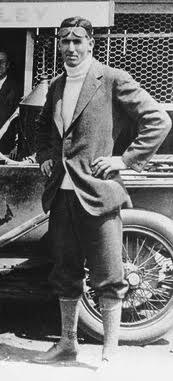
Captain John Duff – a Bentley Boy.
He also coached a young UCLA student to a berth on the 1932 US Olympic Team. That’s later. One thing at a time.
Born in China in 1895 to Canadian parents, he grew up around his parents’ trading business in Kuling. They are listed in “The Directory and Chronicle for China, Japan, Corea, Indo-China, Straits Settlements, Malay States, Sian, Netherlands India, Borneo, the Philippines, Etc.” (…and that’s a long book title…) with an entry that reads:
Duff, J.L. – Provision Merchant “Kuling Dairy”
Upon reaching school age, he was sent to Canada for his education, leaving school at age 16 and arriving back in Kuling after turning 17. He spent another two years in China, until the advent of the First World War. According to his student, Harold Corbin, he traveled across the Trans-Siberian railroad to Moscow, across Russia to St. Petersburg and eventually by ship to London, where he enlisted in the British Army. He earned his title of Captain as a commando in the British forces, sneaking across enemy lines at night to wreak havoc in the foe’s trenches. Wounded in the Battle of Passchendaele (or the Third Battle of Ypres, if you prefer), one of the bloodiest encounters of the war, he recuperated in England and there married his nurse. Returning to France after the war, he took up fencing to help encourage a return to full strength and was said to have won some tournaments. He also took up driving at this time and in 1920 opened an auto dealership and began racing. At this time, race drivers were car-owning speed enthusiasts, driving cars they owned and worked on themselves.
He had great success with his first couple of cars – Fiats – until coming into his own with his first Bentley. It was Duff’s enthusiasm for the 24 hour Le Mans race (he was the first entrant in the premiere running, 1923) that lead to W.O. Bentley becoming enamored of that race, putting resources at the disposal of Bentley drivers to assist their efforts. Bentley cars won five of the first eight races at Le Mans. Duff and his driving partner, Frank Clement, won the second Le Mans together in 1924, driving Duff’s Bentley 3 litre Sport, which looked something like this:
A 1924 Bentley, similar to the 1924 Le Mans winner driven by John Duff.
In 1926, after setting numerous speed and time records at races all over Europe, Duff came to the US and was a replacement driver for the Elcar motor company in the Indy 500, when their original driver was injured trying to qualify. He ran ninth at Indy, continued with a few more races and was then injured in a wreck at the Rockingham race track in New Hampshire. It was the second serious wreck for Duff and he had promised his wife after the first that another would be the end of his racing career. True to his word, he gave up auto racing and moved his family west to Santa Monica. There he opened a fencing studio. Harold Corbin gives the address as 1759 North Highland Avenue, which, if you don’t know Hollywood, is right around the corner from the Dolby Theater where they now hold the Oscars ceremony. Duff did some stunt work in Hollywood, supposedly doubling for Gary Cooper in a horse riding scene. ?By 1927 he was teaching both at his own fencing studio and also at UCLA, which was at that time located not in Westwood, but in East Hollywood on Vermont Ave between Melrose and Santa Monica.
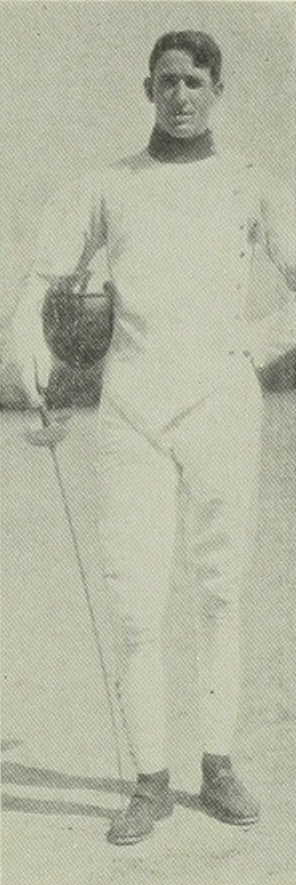
Duff in 1928 as the Instructor at UCLA.
Duff at far right, with his 1928 UCLA team. And their manager. On the left. The one not dressed for fencing.
Duff also did some competing. The below photo (courtesy of Andy Shaw, Official Historian of the USFA: http://www.museumofamericanfencing.com/site/) is from the 1928 Pacific Coast Championships.
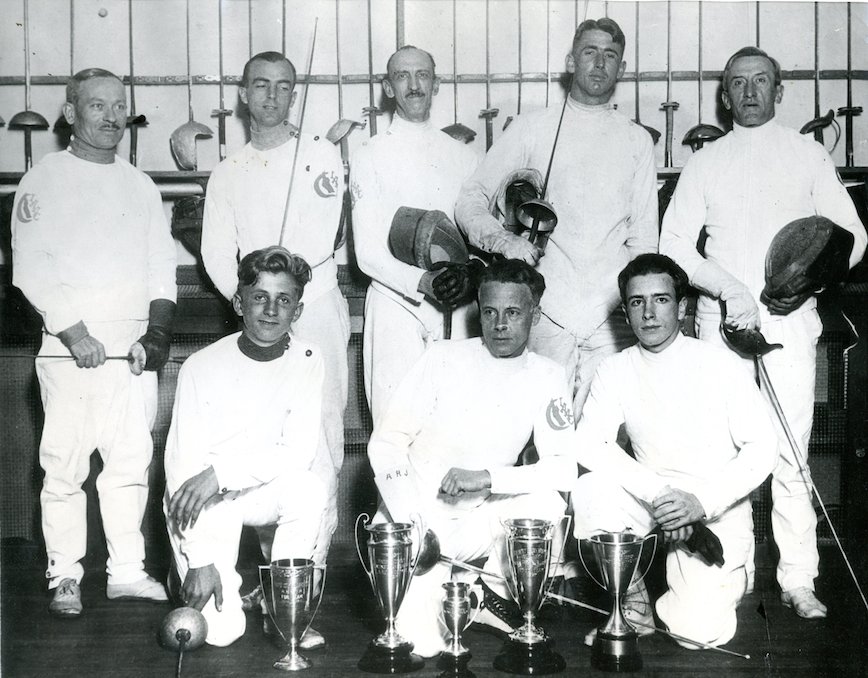
Back, L-R: Professor Uyttenhove, J.L.Thompson, C.D.Cathcart, Captain John Duff, H.C.Berls. Front, L-R: Leonard Beckham, A.R.Jaquith, James Reed, Junior.
Harold “Hal” Corbin, 1932 Olympic fencer, recalled (in a great interview: http://library.la84.org/6oic/OralHistory/OHCorbin.pdf) that Ralph Faulkner, upon returning to LA after the 1928 Olympic Games (where Faulkner was selected for inclusion on the team, but did not compete) fenced at Duff’s salle as the competition was stronger than elsewhere. Faulkner also there met his wife, Edith Jane, a dance instructor who fenced at Duff’s.
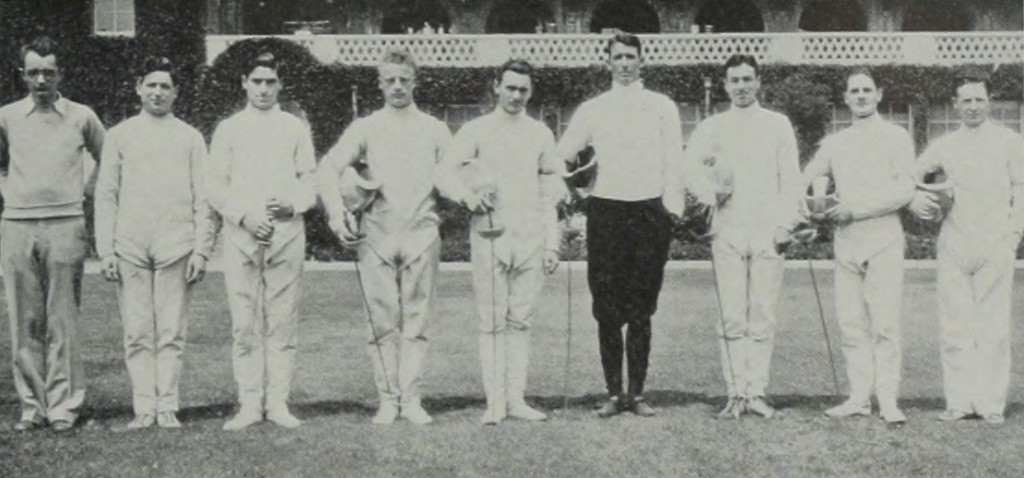
The 1929 ULCA team, with Harold Corbin just to the left of Duff, who wears the dark pants.
Corbin was so impressed by the treatment afforded to Faulkner for having been on the Olympic Team, that he decided he, too, would be on the Olympic Team, although he had never heard of the Olympics prior to meeting Faulkner and really didn’t know what the Olympics were. Regardless, he settled down to learning from Duff, who never charged him for lessons. (Duff later told him he thought Corbin so muscle-bound and clumsy he despaired of his becoming any good.) In 1931, in preparation for the 1932 Olympics, a New York squad traveled to the West Coast to match skills with the westerners. (The Southern California and Northern California divisions were the largest outside of New York at this time.) According to Corbin, only one of the Easterners, Nick Muray, went back home with a medal, and Muray could do no better than bronze against the Western fencers. Thus, it was announced that the winners of each weapon in the Pacific Coast Championships would be named to the Olympic Team for 1932. Faulkner won the sabre, Ted Lorber from San Francisco the foil and Corbin the epee.
Duff and his family left Los Angeles in early 1932, returning to China. Duff’s parting words to Corbin were to not let anyone change his style. Corbin had a unique approach to the epee that made him a difficult opponent for anyone. Alas, a few lessons from Giorgio Santelli during Olympic preparation left Corbin in confusion as to how to proceed and he did not fare well in the individual event, although he laid no blame on Santelli who was merely trying to help.
The Duffs spent two years in China, then moved to England. Duff continued to fence for some time, and also took up riding in steeplechase events. He died in a riding accident in the Epping Forest, outside of London, in 1958.
Corbin, in describing Duff, mentions how other athletic coaches at UCLA thought little of fencing as a sport, and so were disparaging of Duff’s efforts. Corbin himself thought very highly of him as both coach and as a person, having benefitted from Duff’s efforts and generosity. He says of Duff in his interview, “He was a man who was totally without fear. Which is a rare thing.”
Indeed.
Captain John Duff, 1930.
Duff lived in California for maybe six years and left an imprint, but one that had faded out long before I came to the sport. Happy to have been able to make a reintroduction of this fascinating man, for all our sakes.
Lorem Ipsum Dolor
Nunc et vestibulum velit. Suspendisse euismod eros vel urna bibendum gravida. Phasellus et metus nec dui ornare molestie. In consequat urna sed tincidunt euismod. Praesent non pharetra arcu, at tincidunt sapien. Nullam lobortis ultricies bibendum. Duis elit leo, porta vel nisl in, ullamcorper scelerisque velit. Fusce volutpat purus dolor, vel pulvinar dui porttitor sed. Phasellus ac odio eu quam varius elementum sit amet euismod justo.
Lorem Ipsum Dolor
Nunc et vestibulum velit. Suspendisse euismod eros vel urna bibendum gravida. Phasellus et metus nec dui ornare molestie. In consequat urna sed tincidunt euismod. Praesent non pharetra arcu, at tincidunt sapien. Nullam lobortis ultricies bibendum. Duis elit leo, porta vel nisl in, ullamcorper scelerisque velit. Fusce volutpat purus dolor, vel pulvinar dui porttitor sed. Phasellus ac odio eu quam varius elementum sit amet euismod justo.

